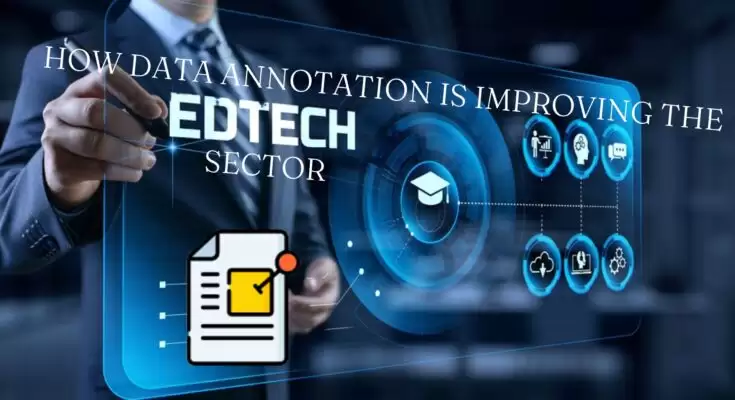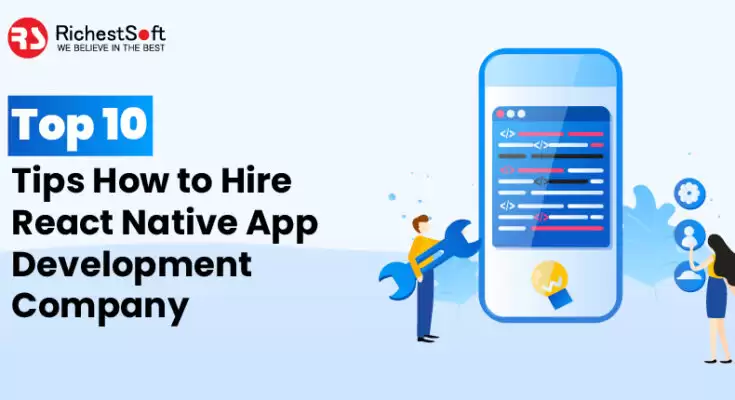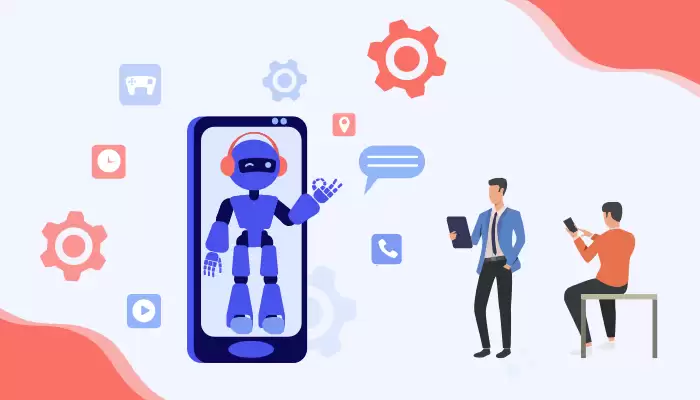Did you know that the global expenditure on education is expected to grow to US$10Tn by 2030? That figure is attracting the attention of parents, governments, and corporate executives everywhere. Those in the education industry are depending on EdTech to maximize this large market potential, while those at the paying end are counting on it to add more value to their money.
Artificial Intelligence can give both these segments what they need by revolutionizing the education industry, and it is data annotation that’ll be at the heart of it. It is the process of attaching a variety of predetermined labels/tags to objects in data samples. This data can be used to train education-focused AI models that can provide a multitude of advantages to the sector, most notably, savings and efficiency gains.
Although you might have in-house annotation specialists, the task is best performed by expert annotators at a dedicated data annotation service agency due to the technical complexity involved in the data labeling activity.
If you’re looking to improve your educational offerings by embracing AI, then this is the blog for you. You’ll learn about the different ways data annotation can change your EdTech and eLearning-related operations by helping to train relevant AI models accurately. You’ll also be introduced to the advantages of outsourcing the annotation process to a dedicated service provider.
How Data Annotation Is Impacting the EdTech Industry
Data annotation is a multifaceted process that is applied to the various aspects of the EdTech industry in numerous ways, with the ultimate goal of training custom AI models that serve various educational requirements. Its influence on the sector is detailed below.
● Real World Augmented/Virtual Reality-based Training
That large Oculus and other VR/AR headgear can do more than just help video games be more immersive. They can make even education and corporate training more hands-on and immersive. Training stakeholders are increasingly incorporating augmented and virtual reality into the classroom and for on-site training requirements.
Here, students/trainees are provided the AR/VR headgear which projects the required information on a particular object of study or use. In the case of AR, for example, a worker can be on the factory floor and look at a machine they are being trained to use through the headset. The instructions on how to operate that machine can be overlaid on top of the image of the view of the actual machine, with pointers labeling each part, its purpose, and how to use it. A VR version of this will have a simulation of the machine with a similar overlay of information about it.
The system overlaying the information in real-time should understand visually what a person is looking at and send the correct information to the headset. Using plenty of images of the target objects in their various states of operation and condition, data annotation can help the system to gain the ability to correctly recognize objects present in its data feed.
The recognition algorithm needs to be accurate enough to perform the job in real-world conditions, which is possible with large volumes of annotated data. You’ll need the help of experts at a data annotation service agency like Oworkers to handle such large amounts of visual data for the annotation process as they will have the requisite resources for the job.
● Gauging Engagement through Visual Tracking
It’s one thing to work on better training/teaching methods to help students/trainees understand concepts more easily. But it’s nearly impossible for any training/teaching person to know how engaged every student/trainee is during sessions, which is essential for successful training outcomes. Testing cannot do this in real-time, but Smart eye and body movement tracking algorithms can.
Since a lot of training/teaching happens with the use of gadgets like laptops, tablets, and smartphones, the student/trainee’s eye movements and body language can be monitored via cameras on those devices.
This visual data can be fed to an AI that determines how engaged a person is during a session, during which segments of the session they were disengaged, and how long their attention span lasted on average during a particular session. This data about engagement levels is paramount to creating content and training/teaching approaches that are more engaging by judging what works and doesn’t for a set of students/trainees.
For this, the AI should be trained using annotated data to understand what eye and body motions are markers of engagement. The experts at a data labeling company are the best resources to perform annotation due to their skill sets, training, and practice. They’ll proceed with annotating visual data about eyes and body parts in various states of motion corresponding to engagement levels.
For example, pupil dilation indicates more engagement, so they will annotate data about pupil dilation and relaxation so that the algorithm being trained can distinguish between the two accurately in real-world conditions.
● Conversion of Traditional Learning Materials to Digital
The age-old approach to learning has been storing learning content in books and having to carry the required number of them whenever and wherever they were needed. The digital age is throwing that practice out of the metaphorical window by introducing eBooks in place of regular books. Besides that, you have entire Learning Management Systems (LMS) with mobile and web apps to access them.
The digitization of learning content allows for a variety of media to be introduced as means of learning. But that doesn’t mean a training/teaching institute has to overhaul its entire learning content; it’s more likely that the institute needs to digitize the learning content it already has.
However, this process can be slow and resource-intensive since a lot of content may need to be converted by humans by carefully scrutinizing it. They’ll also have to keep in mind how this content can be merged with or appended to any new learning material created, as well as a new training methodology.
Data annotation offers a clean solution to this problem, provided it gives the most accurate results. Data labeling companies can be contracted to create such accurate annotated samples of the content in eBooks and other digital learning material. So when an algorithm that converts physical learning material to digital is used, it recognizes the different elements present like text and images, while also identifying the layout.
The algorithm can then recreate that content as its digital counterpart based on the parameters set by the training/teaching place. This kind of automation of the learning material digitization process reduces output time and expenses while maintaining accuracy and customizability.
● Enhancement of Interactivity with Content
One of the biggest advantages of modern technology-based education is the ability of people to interact with the learning material in ways not possible with the traditional method. Enhanced eLearning has dynamic multimedia content that can be designed to deliver more information with certain interactive motions from users. This interactivity improves learned content retentivity by increasing engagement.
Interactive learning material in EdTech usually is present in the form of videos that play once tapped on or clicked. Others include animations that perform a certain motion continuously upon interactivity. For example, opening an eBook page and having a short animation about different types of clouds forming upon the user touching the name of that type in the accompanying text.
This type of interactivity is also useful during testing, where speech-to-text algorithms can be used, for example, to evaluate the speaking abilities of students when teaching a language. How the content responds can also vary based on the gesture made by the user. All of this is possible by the use of an AI model trained via annotated data of various types.
Data annotation services by external agencies have experts who can study your requirements and annotate data to fit them. For example, they will use audio and text annotation to train NLP algorithms for spoken language testing.
The spoken content is converted to text and is compared with the answer text present in a database for accuracy evaluation. Image annotation can be used here to determine the gesture made by the user and make the content behave accordingly, like sliding a webpage when a person slides their hand to the side in front of a camera.
● Use of Generative AI
Generative AI has just started making a slash in the world and is already changing things drastically. Its vast potential remains mostly untapped, with the EdTech sector standing to gain a lot. Presently, all learning material is created by humans through manual input, with little automation. That means it must be prepared in advance for a course or session. But with generative AI, a stakeholder can create new course content in real-time.
This flexibility takes Edtech to a whole new level. Any changes to the content, such as updating it with new information, can be made quickly. Visualization of data or a concept can happen easily without the need for premade animation or graphics. For example, a teacher can show the blossoming of a different flower to that mentioned in an eBook to their class by simply typing the prompt for it to a generative AI model that converts text to video/images.
Creating custom generative AI is going to get easier with time, meaning every teaching/training institute can have an AI that works according to its requirements.
They’ll use the learning material available as sample data for training an AI model by applying text, audio, and image/video annotation to it. They’ll then work on interoperability between these annotation types to enable the desired output.
Why Go with an External Data Annotation Service Provider
If you choose to outsource your data annotation process for your EdTech needs, then you get the following advantages:
- Lower cost from the economies of scale and currency exchange values if outsourced to a company in a developing country. You also don’t have costs associated with employee hiring, termination, maintenance, and other overheads.
- Quick turnaround times because of the large number of experts with vast experience working on your project. Also, they’ll have the right tools for the job which helps speed things up.
- Instant access to experts which saves time
- High levels of data security and privacy as such agencies often work with sensitive client data, requiring them to be strict about their client’s data protection.
- Guidance on how to proceed with your project by the experts at the company.
Conclusion
Education is essential for the growth of a person, company, economy, and society at large. With EdTech, the very essence of how people are being educated is changing down to its core. Your company/training institute can benefit a lot from embracing what EdTech offers, especially with the help of AI. For perfectly functioning AI models, it is necessary to opt for training data that has been labeled by expert annotators, preferably from a professional data annotation services provider. With this, you can enhance the effects of modern learning methods altogether, consolidating the content in the trainees’/students’ minds while providing a great experience for everyone involved.
Author Bio

Jeffrey Keith is a content strategist & a technology enthusiast working at SunTec.AI, a leading data annotation company providing video labeling, text annotation, and image annotation services. He has extensive experience writing about various transforming and advanced technologies like artificial intelligence and machine learning.
In his spare time, he loves to explore and learn about new tools and technologies shaping the various industries- data science, eCommerce, robotics, and healthcare, among others. He keeps himself updated on all the new trends, innovations, and advancements happening around AI/ML technologies and pens down his knowledge to present well-researched and informative articles to help businesses leverage these technologies to their advantage.








